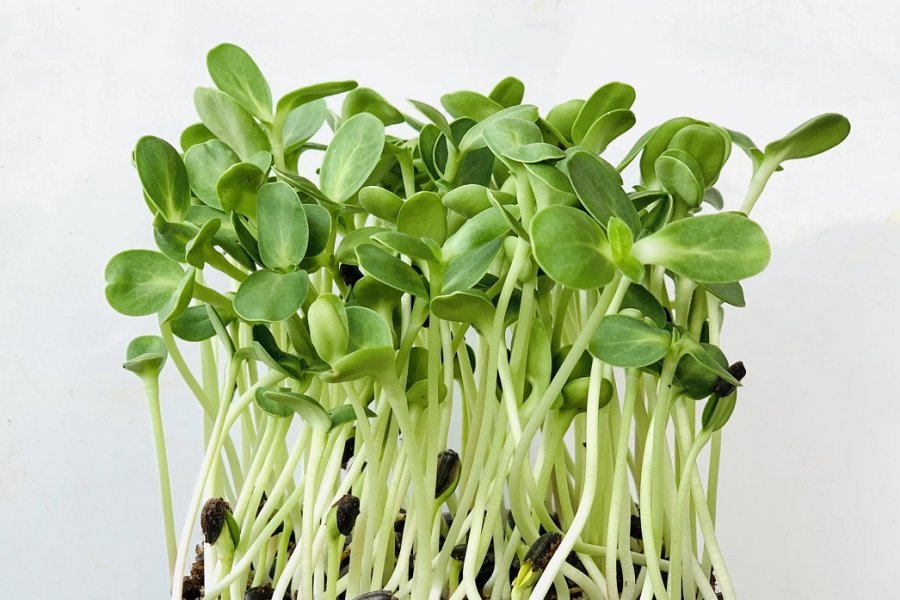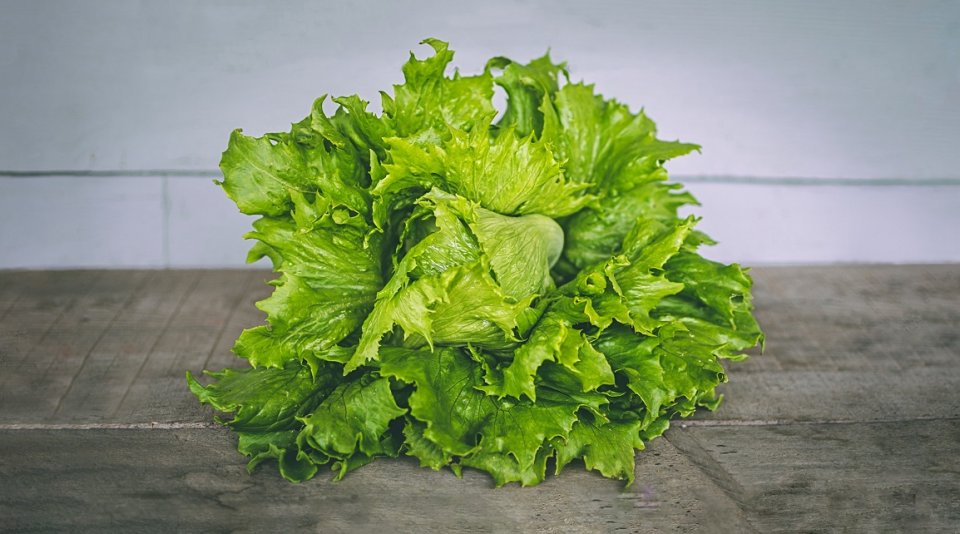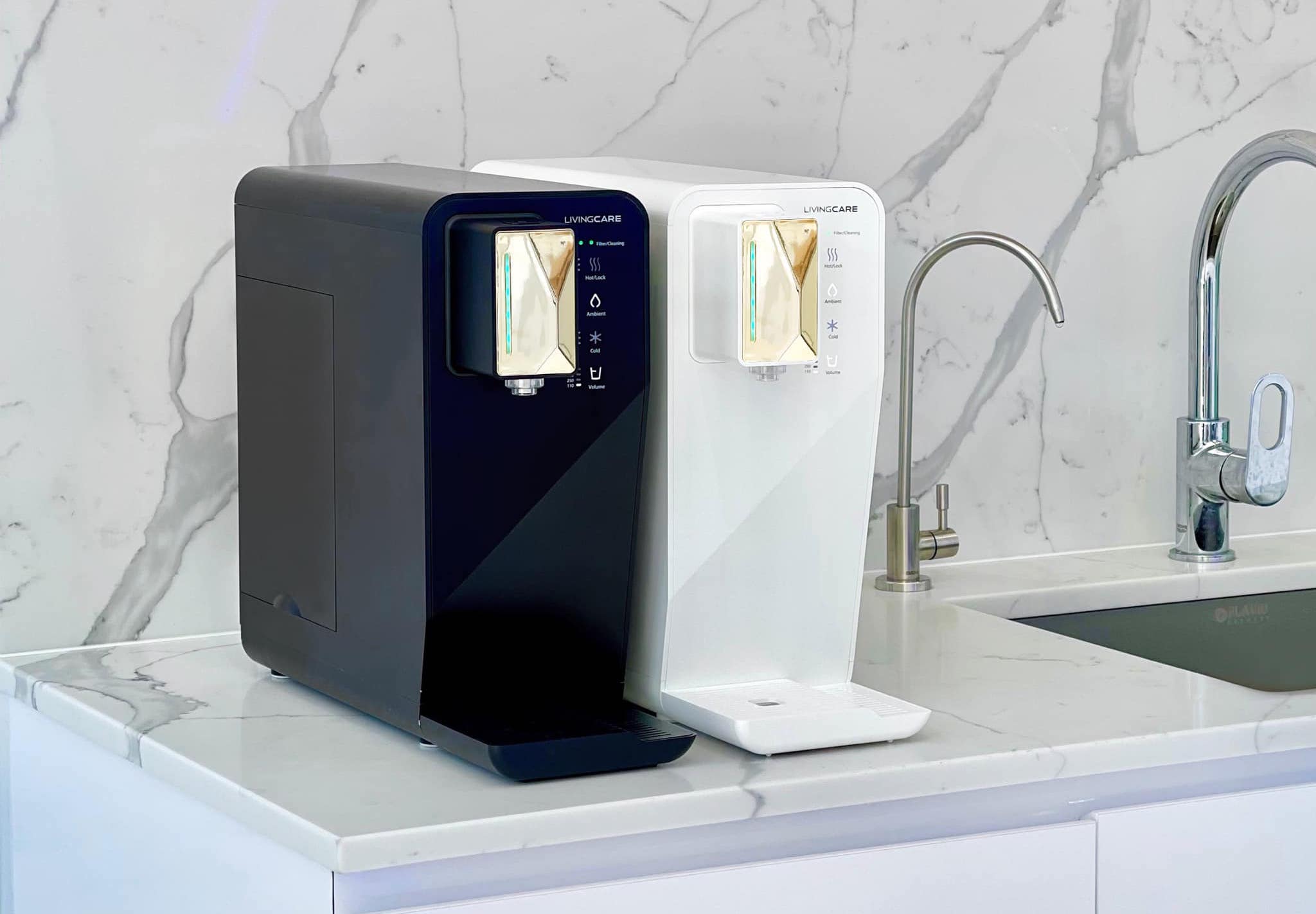Planning to give herb gardening a try? Not only are herbs tasty and easy to grow, but they’re also packed with health benefits. Here are some of the best herbs, sprouts and leaves for beginners to grow at home.
Holy Basil

Benefits: Can help reduce stress and anxiety; lower blood sugar and cholesterol.
How to plant: Place seeds in a pot and cover them with a quarter-inch of rich, organic soil―this can be a mix of compost, pine bark or manure. Watering should be followed right away by hand or by using a nozzle watering can to keep the soil thoroughly moist, but not to the point that it’s overwatered. Retain humidity by covering the pot with a plastic wrap, then place it in a sunny area―basil loves warm temperatures and bright morning light.
Care tips: Basil seedlings will emerge between seven to 10 days―you can pinch the weak seedlings off and keep the strongest ones, before replanting them in separate pots. If the plant is showing signs of poor growth, you can add liquid fertiliser around its base, but be mindful not to over-fertilise. To encourage new growth, harvest the basil regularly each month by removing the leaves as needed for recipes.
Coriander

Benefits: Can reduce digestive problems like IBS; rich in immune-boosting antioxidants; can improve brain health.
How to plant: To get lush and flavoursome coriander crops, the herb is best sown directly in moist soil with a pH of 6.5 to 7. Sow the seeds about one inch deep into the soil and space them out about six inches apart. Cover the seeds with soil and water thoroughly. Coriander has deep roots, so make sure to get a pot with good drainage that is at least 25cm deep.
Care tips: Coriander takes about two to three weeks to germinate, after which you should thin the seedlings to six inches apart to allow healthy growth. Direct sunlight can make the plants bolt quickly, so it’s better to place your pot somewhere with light shade. Water it once a week to keep the soil lightly moist. You can start harvesting the plant when it gets from 10-15cm tall.
Mint

Benefits: Rich in nutrients like vitamin A (crucial for eye health) and can help relieve indigestion.
How to plant: Mint seeds require light to germinate, so you don’t need to cover them up with soil. Sow the seeds slightly less than 1cm deep, and since mint is prone to spread, you should also space them apart. It also prefers good drainage with rich, moist soil and a pH between 6 to 7 and thrives well under sunny, but indirect, light.
Care tips: Mint loves moist soil, so water regularly or cover the soil with light mulch (this also helps to keep weeds away). Mint benefits from regular picking and pruning, so don’t be afraid to harvest as many leaves as you need. For the best aroma and flavor, harvest just before the plant starts to flower.
Parsley

Benefits: Packed with antioxidants and vitamin K, an essential nutrient for bone health.
How to plant: Parsley grows best in moist, compost-rich loam soil with a pH between 6 and 7. As parsley seeds take more time to germinate, to help speed up the process, it is recommended to soak the seeds 24 hours before sowing. Sow the seeds a quarter-inch into the soil and space them about 10-15cm apart. As parsley thrives well in moist soil, make sure to water thoroughly one-to-two times per week.
Care tips: Parsley loves bright, morning sun, so if you’re planting this guy indoors, make sure to place the pot in a sunny area. It is said that parsley is a heavy feeder, and therefore requires a dose of fish emulsion or light liquid fertiliser every two weeks during the growing season. To harvest, pinch the outer stalks for fresh leaves―leave the inner stems and leaves to continue to grow.
Thyme

Benefits: Packed with vitamin C and a good source of fiber, iron and copper.
How to plant: It can be a bit challenging to grow thyme from seeds. For a speedier process, either propagate from cuttings or by purchasing a young plant. Plant it in sandy, well-drained soil, before watering thoroughly―thyme is drought resistant, so you can wait for the soil to dry out between waterings.
Care tips: Thyme loves full sun, so if you’re growing it indoors, be sure to place the pot by a sunny window. You may give it a light feeding roughly every two weeks with liquid fertiliser or a weak solution of fish emulsion. Trim the plants regularly (leave at least 12cm) to encourage healthy growth, and harvest just before they flower to get the best flavour.
Sunflower Sprouts

Benefits: Rich in protein and antioxidants like vitamin E and selenium, which can help prevent chronic diseases.
How to plant: Soak black sunflower seeds―they’re the best for sprouting―in a jar with a lid for about eight hours, then dump them into a colander and rinse with tap water three to four times (eight to 10 hours apart) to keep them damp. Once the roots come out, fill your well-drained pot or container with soil, sprinkle a few seeds on top, then cover them up with a thin amount of soil. Cover the surface for roughly two days with a paper towel or light cloth and spray to keep damp. After five to six days, sprouts should come up from the soil.
Care tips: After the sprouts shed the seeds and they drop off naturally, move the plants to a sunny area. Continue to mist them twice a day, in the morning and evening. Look out for the tall ones with healthy looking leaves―these guys are ready to harvest! P.S. Each sunflower microgreen can only be harvested once.
Salad Greens

Benefits: Contain essential dietary nutrients, such as vitamin A, vitamin C and minerals like magnesium and potassium.
How to plant: Salad greens grow best in rich, organic soil―think compost or manure. Sow a few seeds into the soil in a plant box with well-drainage holes, before watering. Make sure to water regularly, too, as most salad greens like butter lettuce, romaine, watercress and kale are shallow-rooted and grow rapidly. The soil needs to remain moist, but don’t overwater!
Care tips: These guys thrive in bright, sunny areas, but also do well in partial shade. Harvest by cutting the outer leaves to allow the plants to continue to grow, and cut what is needed for a recipe.
A version of this story first appeared on BK Magazine.





